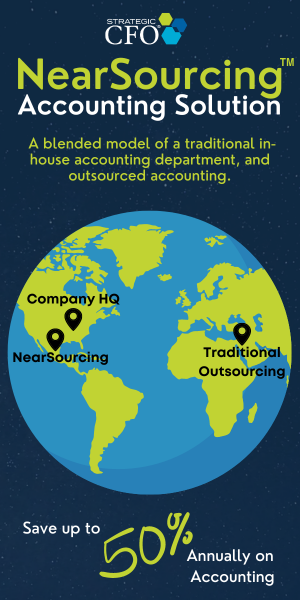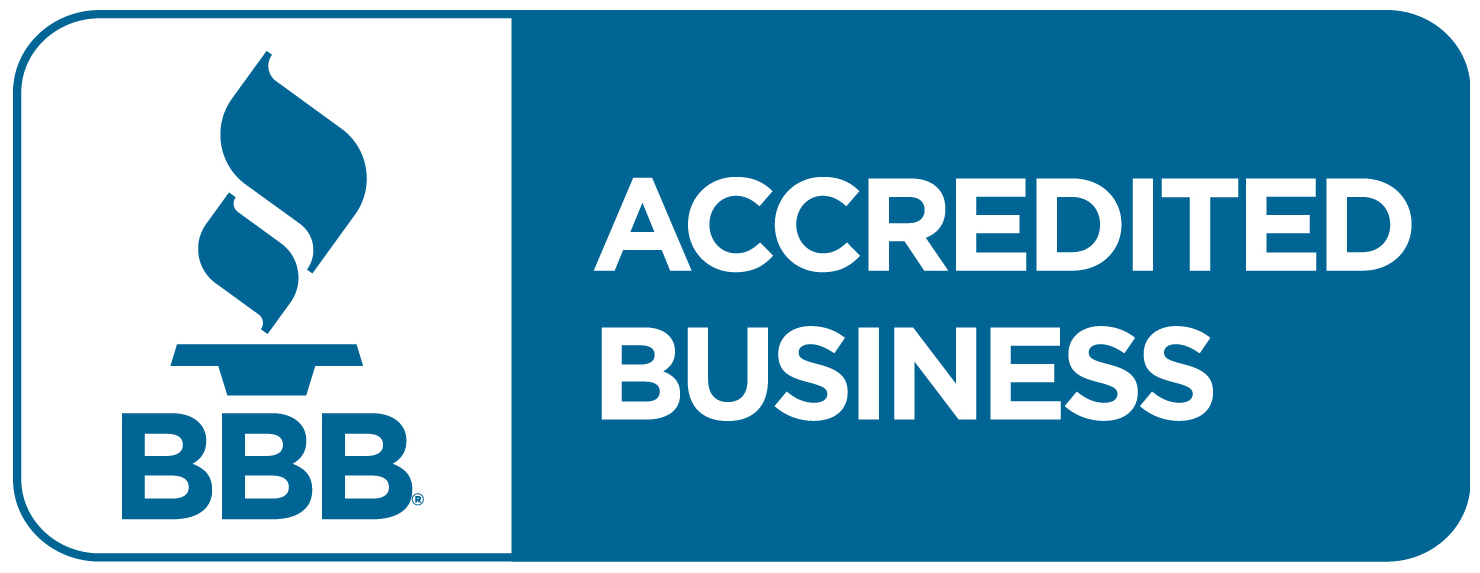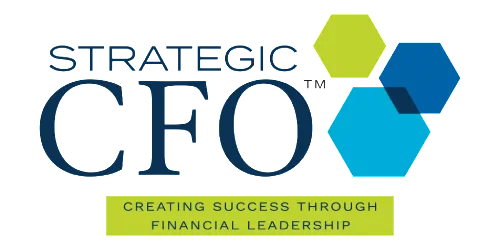See Also:
Cost Center
Value Drivers: Building Reliable Systems to Sustain Growth
Direct Labor Variance Formulas
Direct Material Variance Formulas
Step Method Allocation
In accounting, the cost driver definition is a factor that incurs cost. Use cost drivers to allocate variable and indirect costs to production activities or output. Include both indirect costs and direct costs to compute the full cost of production. Because indirect costs, such as variable overhead, are not directly traceable to production activities, allocate them according to a cost driver rate to apply these costs to production activities. Based on the activity of the cost driver, the cost driver rate is the rate indirect costs applied to production activities.
Download the free Know Your Economics guide to easily manage the factors incurring costs in your company.
Download The Know Your Economics Worksheet
Choosing Cost Drivers
An indirect or variable cost may have several possible cost drivers. Traditional costing methods allocate indirect costs to production activities based on volume of output. Conversely, activity-based costing allocates indirect costs to particular production activities related to that cost.
When deciding which driver to use in terms of allocating indirect cost, consider the cause-and-effect relation between the cost and the driver. In addition, consider whether or not the cost driver activity is easily measurable. It is also necessary to consider the cost behavior of the relevant cost. The relevant cost refers to the cost’s response to the activity of the driver. In addition, approximate the relationship between costs and cost drivers using regression analysis.
Use these drivers at differing hierarchical levels. For example, an indirect or variable cost may be relevant at the unit level, the batch level, the product level, the customer level, or the facility level. Once you determine the appropriate hierarchical level, choose a cost driver activity at that level in order to allocate the indirect or variable cost.
Cost Driver Rates
A cost driver rate is the amount of indirect or variable cost assigned to each unit of cost driver activity. For example, you may apply indirect overhead to direct labor hours as $50 dollars per hour. In this case, for each hour of direct labor required for production, the company would then allocate $50 of indirect overhead costs to the production activities or output.
Cost Driver Examples
For illustrative purposes, below are some cost driver examples of indirect or variable costs as well as relevant cost driver bases for these costs.
Cost Cost Driver Maintenance expense Machine hours Fuel costs Miles traveled Electricity expense Hours of factory operation Material handling expense Tons of material handled
If you want to check if your unit economics are sound, then download your free guide here.
Strategic CFO Lab Member Extra
Access your Projections Execution Plan in SCFO Lab. The step-by-step plan to get ahead of your cash flow.
Click here to access your Execution Plan. Not a Lab Member?
Click here to learn more about SCFO Lab & join now for ONLY $1!
Source:
Hilton, Ronald W., Michael W. Maher, Frank H. Selto. “Cost Management Strategies for Business Decision”, Mcgraw-Hill Irwin, New York, NY, 2008.























